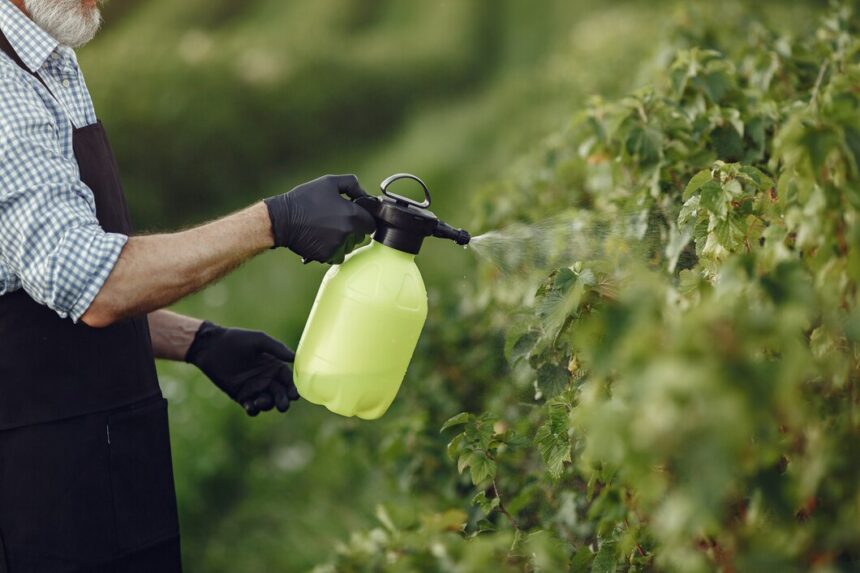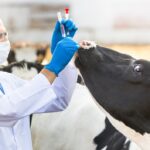Integrated Pest Management (IPM) is a holistic approach to pest control that combines various strategies to minimize pest damage while reducing reliance on chemical pesticides. In South Africa, where diverse climates and agricultural practices prevail, IPM can be particularly effective. Here are ten ways to implement IPM effectively in South Africa:
- Pest Identification and Monitoring: Accurate identification of pests and regular monitoring are crucial. Use pest traps, visual inspections, and pest identification guides to keep track of pest populations and their lifecycle stages. This helps in applying the right management strategies at the appropriate time.
- Cultural Practices: Adjust agricultural practices to reduce pest populations. This includes crop rotation, selecting pest-resistant plant varieties, and proper timing of planting and harvesting to avoid peak pest periods.
- Biological Control: Utilize natural predators and parasitoids to manage pest populations. For example, introducing ladybugs to control aphids or releasing parasitic wasps to target caterpillar pests can effectively reduce pest numbers without chemicals.
- Physical and Mechanical Controls: Implement physical barriers such as nets, row covers, or traps to protect crops from pests. Mechanical controls like hand-picking pests, using insect vacuums, or employing sticky traps can also be effective.
- Soil Management: Healthy soil supports robust plant growth, making plants more resistant to pests. Practice soil conservation techniques, such as composting, proper irrigation, and avoiding over-fertilization, to enhance soil health and plant resilience.
- Environmental Management: Modify the environment to make it less conducive to pest infestations. This might include managing irrigation to avoid excess moisture, which can attract pests, and controlling weeds that can harbor pests.
- Use of Resistant Varieties: Select and plant pest-resistant crop varieties. Many plant varieties are bred to be resistant to specific pests or diseases, reducing the need for chemical interventions.
- Chemical Controls: When chemical control is necessary, use it as a last resort and select products with the lowest environmental impact. Employ integrated approaches by combining chemical controls with other IPM strategies to minimize pesticide use and reduce resistance.
- Education and Training: Educate farmers, agricultural workers, and the community about IPM principles and practices. Training programs and workshops can help implement effective IPM strategies and encourage widespread adoption.
- Record Keeping and Evaluation: Maintain detailed records of pest populations, management practices, and outcomes. Regularly evaluate the effectiveness of your IPM strategies and adjust them as needed based on the results and evolving pest pressures.
Implementing Integrated Pest Management in South Africa requires a comprehensive approach that considers local conditions, pest species, and agricultural practices. By combining these ten strategies, farmers and agriculturalists can manage pests more effectively while promoting environmental sustainability and reducing the reliance on chemical pesticides.
Join 'Farmers Mag' WhatsApp Channel
Get the latest Farming news and tips delivered straight to your WhatsApp
CLICK HERE TO JOIN






